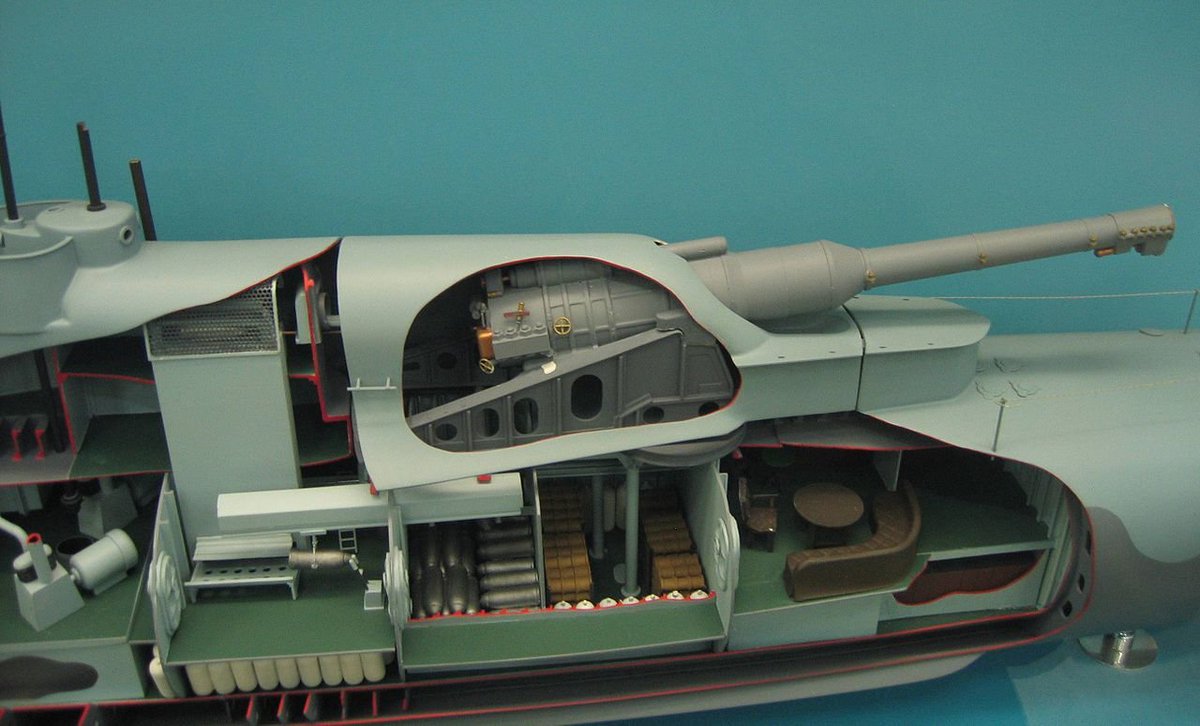K14, almost sunk by K22, was also scrapped in 1926.
K7 (who had also hit K4) was scrapped in 1921 at the tender age of 4.
Fearless, leader of the 12th flotilla, was repaired and returned to service, she was sold for scrap in 1921.
Ithuriel, leader of the unlucky 13th, survived the war and was scrapped in 1921







































